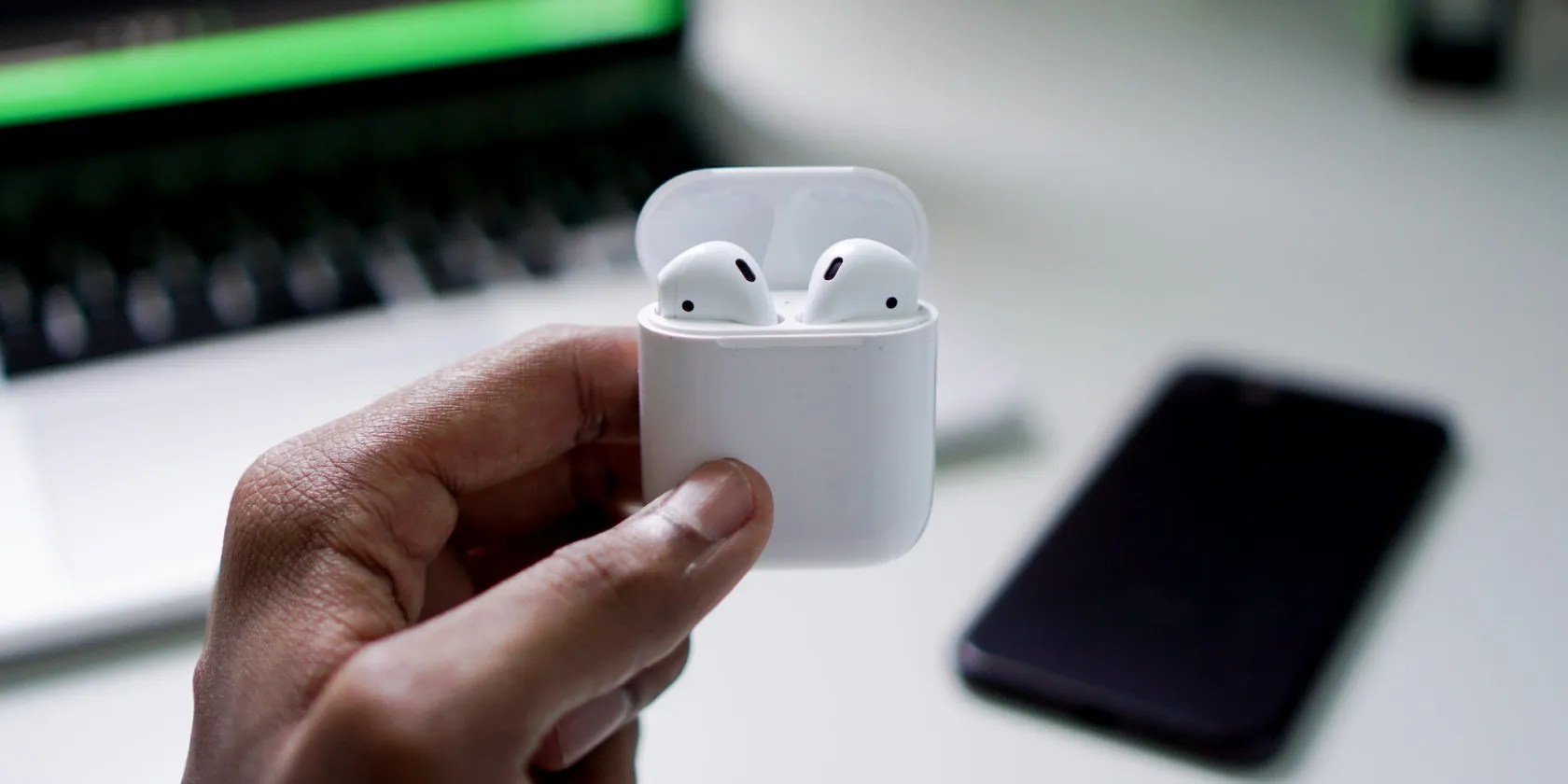Bluejacking vs. Bluebugging vs. Bluesnarfing: What’s the Difference?
Bluetooth is a handy feature and an increasingly important one as more phones lose their headphone ports. However, it can also open the door to attacks like Bluejacking, Bluesnarfing, and Bluebugging. If you want to stop these attacks, you first need to know what they are.
So what is the differences between Bluejacking, Bluesnarfing, and Bluebugging?

What Is Bluejacking?
Bluejacking is theleast harmful type of Bluetooth attackand involves sending unsolicited messages over Bluetooth. If you have an active Bluetooth connection, someone else nearby can use their Bluetooth to send you messages you don’t want.
Since Bluejacking doesn’t install anything on your device or take control, it’s mostly harmless. It’s annoying and could be hurtful if the attacker sends inappropriate content, but it won’t cause any technical or monetary damage. Bluesnarfing and Bluebugging are a more serious threat.

What Is Bluesnarfing?
While Bluejacking presents unwanted content to a victim, Bluesnarfing takes content from the victim. These attacksmanipulate Bluetooth connectionsto steal passwords, images, contacts or other data from your device.
Bluesnarfing attacks can be hard to detect, too. While Bluejacking is immediately evident, you may not notice that someone’s stealing your data over Bluetooth at first.

If you see any Bluetooth activity on your device that you didn’t initiate, though, it could be a sign of Bluesnarfing.
What Is Bluebugging?
Bluesnarfing and Bluebugging are similar, but the latter goes further. After gaining access to your device, attackers will install a backdoor that lets them keep accessing it in the future. As you might tell from the name, one of the purposes of Bluebugging is to “bug” orspy on your device, but criminals can also use it to control it remotely.
The first step to a Bluebugging attack is connecting to the victim’s phone via Bluetooth, like Bluesnarfing. After that, attackers install malware on the device that lets them bypass authentication measures in the future, giving them full access and control. You can tell the difference between this and Bluesnarfing by this control and repeated access.

How to Stop Bluebugging and Similar Attacks
Thankfully, Bluejacking, Bluesnarfing, and Bluebugging attacks are fairly limited, thanks to Bluetooth’s range. WhileBluetoothsays some connections can extend over a kilometer, most devices lose functionality outside a few meters. Still, it doesn’t take long to do a lot of damage, so you nonetheless need to know how to stop Bluebugging (outside of moving out of range).
The most effective step is to turn off Bluetooth when you’re not actively using it. It’s also best to not pair with any device you don’t recognize and don’t accept AirDrops and similar Bluetooth messages from strangers.

If you’re worried about specific information being accessed, don’t store this data on devices with active Bluetooth connections. You can further protect your device by using strong passwords and changing them often. That way, even if a Bluebugging attack gives attackers your password, it won’t be effective for long.
Bluebugging attacks take advantage of software vulnerabilities to bypass authentication, so keep your devices up-to-date. This will ensure you always have the latest defenses.
Stay Safe from Bluetooth Attacks
When you know how to stop Bluebugging attacks, they’re not as threatening. Still, you have to know about these attacks before you’re able to stay safe from them. Learning about Bluejacking, Bluesnarfing, and Bluebugging is the first step to becoming more secure.
Bluetooth has come a long way with encryption protocols to ensure your security. Here’s how Bluetooth encryption keeps your data safe.
My foolproof plan is to use Windows 10 until 2030, with the latest security updates.
Taming data is easier than it looks.
The fix was buried in one tiny toggle.
I gripped my chair the entire time—and then kept thinking about it when the screen turned off.
Don’t let aging hardware force you into buying expensive upgrades.